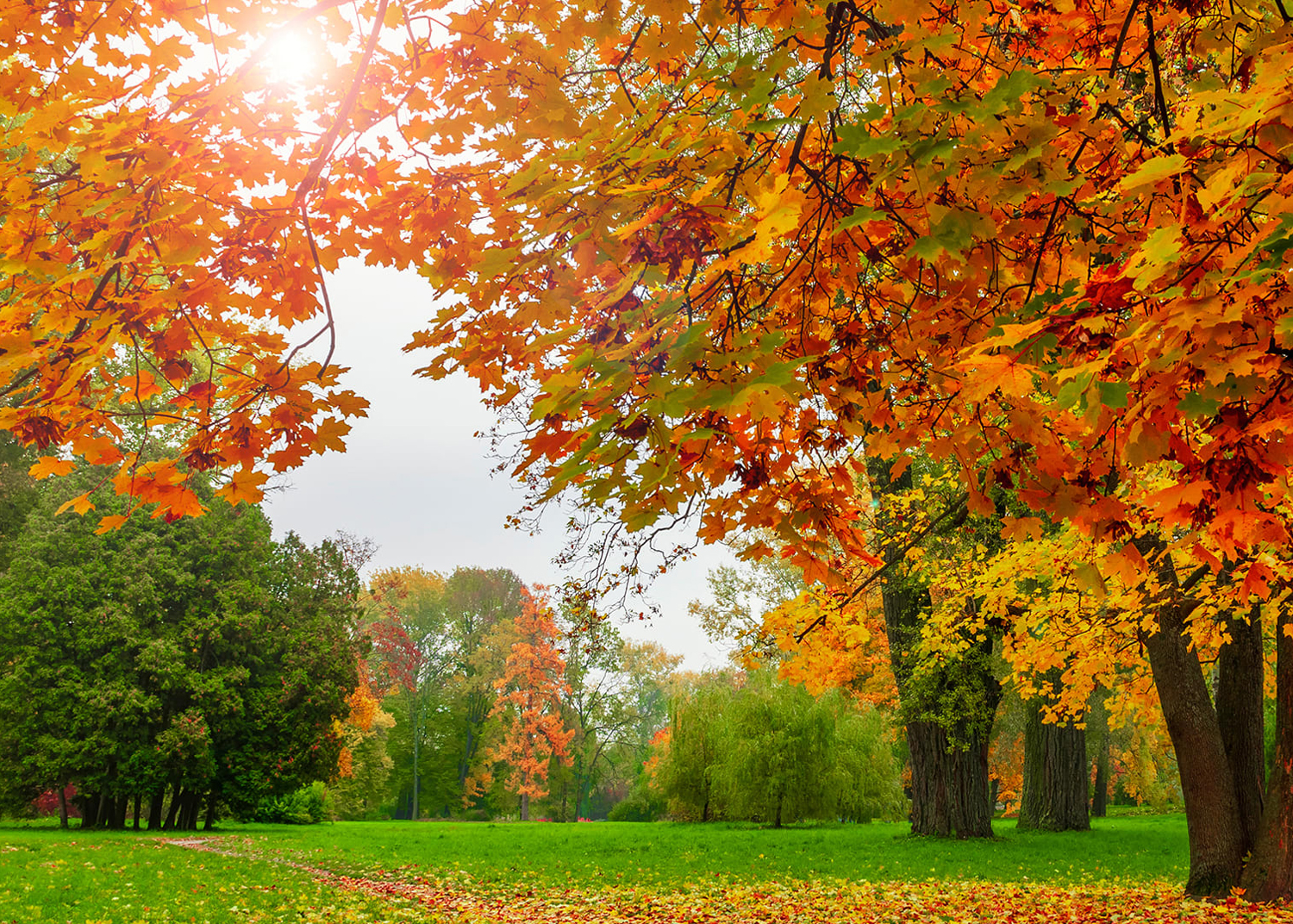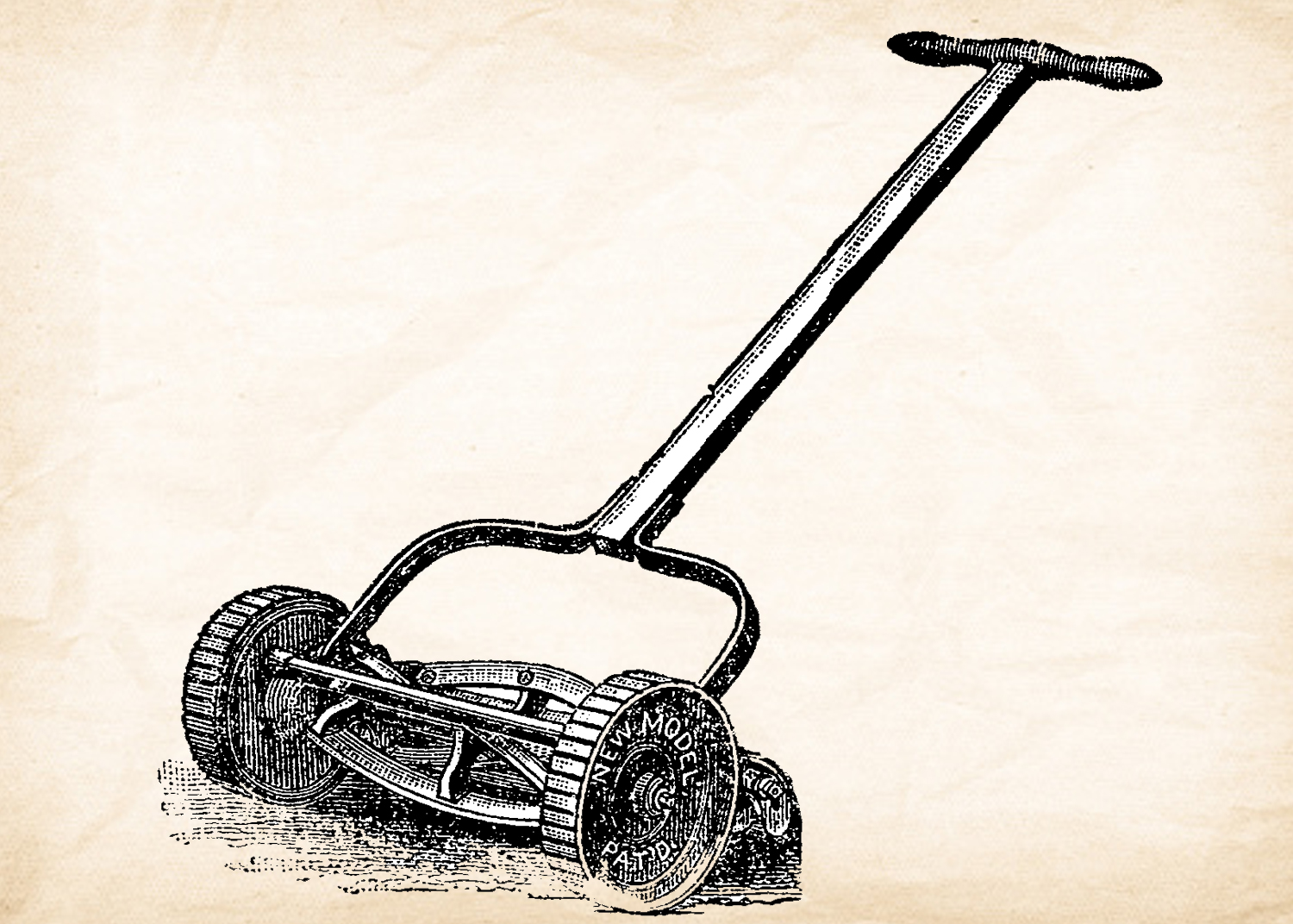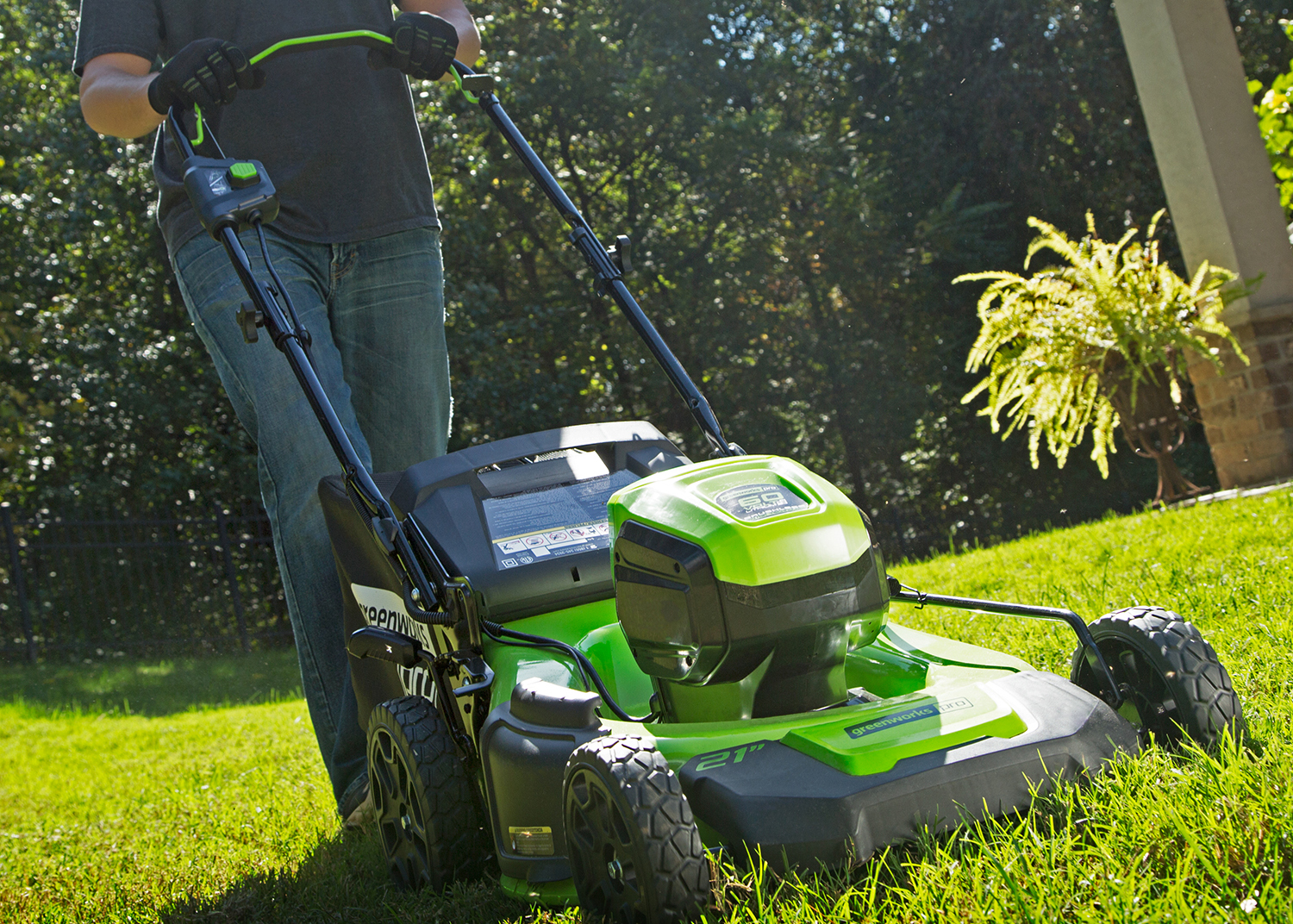Blown away by autumn's beauty
- By Jules MacIntyre
- 19 Oct 2021
As the autumn leaves turn a myriad of opulent browns, yellows and reds, it’s time to celebrate the ripening of fruits and native berries from our gardens and hedgerows, while taking joy in early mists and crisper mornings. The wonderful display of leaves that characterise a British autumn also bring the gardener more than one stint with a rake and broom to clear lawns, paths and driveways before they become soggy with a thick layer of decaying green matter. Here we take a timely exploration into not only the best ways to deal with clearing up your seasonal leaf fall, but how you can make the most of this natural cycle of decay to produce a rich mulch that will keep your plants protected over the winter months.



 While a long way from the immaculate stripes of today’s well-tended suburban garden, it was the start of a trend that has become part of British vernacular, with mowing a weekly ritual of simple pleasure that is a welcome contrast to our sedentary, desk-bound lives. And while making this connection to a more pastoral existence seems timeless, the machines that we now use to mow our lawns have certainly developed over nearly two hundred years. Here we trace the fascinating history of the lawn mower, looking at not only how different types of mower came about but what the future holds with even more environmentally-friendly ways to keep your grass greener over the next decade.
While a long way from the immaculate stripes of today’s well-tended suburban garden, it was the start of a trend that has become part of British vernacular, with mowing a weekly ritual of simple pleasure that is a welcome contrast to our sedentary, desk-bound lives. And while making this connection to a more pastoral existence seems timeless, the machines that we now use to mow our lawns have certainly developed over nearly two hundred years. Here we trace the fascinating history of the lawn mower, looking at not only how different types of mower came about but what the future holds with even more environmentally-friendly ways to keep your grass greener over the next decade.



